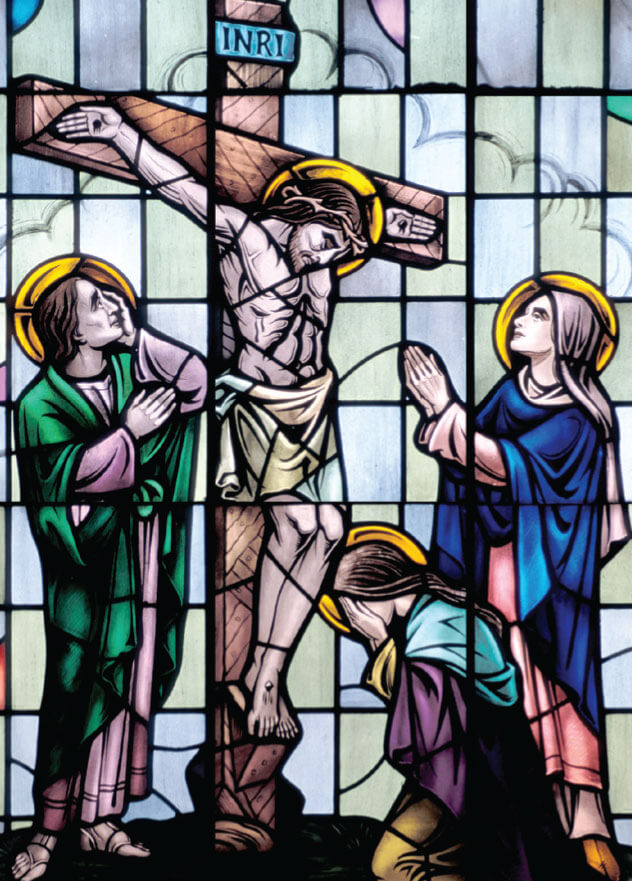
Peter’s mother-in-law is Jesus’ first woman disciple. She is one of many firsts in the first chapter of Mark’s gospel, which previews Jesus’ actions in the whole gospel. Jesus is a whirlwind of activity. He gets baptized, goes to the desert, begins to preach, heals people, casts out demons, prays, and calls disciples.
Jesus’ first woman disciple meets him through her son-in-law Simon, one of Jesus’ first four men disciples. After Jesus and his first men disciples worship at the synagogue on the Sabbath, Peter brings them home. They discover his wife’s mother sick in bed with a fever. Her story is short, Mark 1.31.
Jesus goes to her, takes her hand, and raises her up. She responds. She chooses to begin serving the new community.
Two key words in her story tell us that Peter’s mother-in-law becomes Jesus’ disciple. To raise up is the first word. Mark uses the same word in Greek, egeiren, to describe Jesus raising up Peter’s mother-in-law from fever and God raising up Jesus from the dead. The young man in Jesus’ empty tomb says, “He has been raised up; he is not here,” (Mark 16.6). Using the same word links this first miracle in Mark’s gospel with the last and greatest miracle — Jesus’ resurrection.
Serve is the second key word in Jesus’ call of his first woman disciple. When Jesus raises her up, Peter’s mother-in-law responds by beginning to serve his new community. Many versions of the New Testament translate her response as “she begins to wait on them.” This translation of the Greek verb diekonei makes Peter’s mother-in-law appear to be making brunch rather than choosing to be a disciple.
Jesus defines what serving means when he says of himself, “The Son of Man has not come to be served but to serve — to give his life in ransom for many” (Mark 10.45). For Jesus, to serve is to give one’s whole life as he does. Deacons get their name from the noun diakonos, which means server or minister.
When Peter’s mother-in-law begins to serve Jesus and his new disciples, she is giving her whole life to a new community. She becomes the first of Jesus’ women disciples.

Only near the end of Mark’s gospel do readers find out that Jesus has many other women disciples. Mark 15.40-41 mentions by name three women disciples from Galilee — Mary Magdalene, Mary, the mother of James and Joses, and Salome. They and many other women look on from a distance as Jesus dies on the cross.
Mark identifies these women as disciples by explaining they followed and served Jesus when he was in Galilee and came with him to Jerusalem. They followed Jesus just as Peter, Andrew, James, and John did when they left their fishing nets. The word follow means to attach one’s self to a teacher, to commit one’s self, to walk in someone footsteps.
Only Jesus’ women disciples are at the cross in Mark’s gospel. At Jesus’ arrest, all the men disciples but Peter flee. Peter follows Jesus as far as the high priest’s courtyard where he denies he knows his friend and teacher. The women witness the most important events in Jesus’ life — his death, burial, and absence from the tomb. They stand with him in his suffering, even though they cannot stop it. These women model two essential qualities of all disciples — they attach themselves to Jesus and give their lives in serving his community.
The holy women who came to finish anointing the body of Jesus were the first to encounter the risen one and thus the first messengers of Christ’s resurrection.
Catechism of the Catholic Church #547
